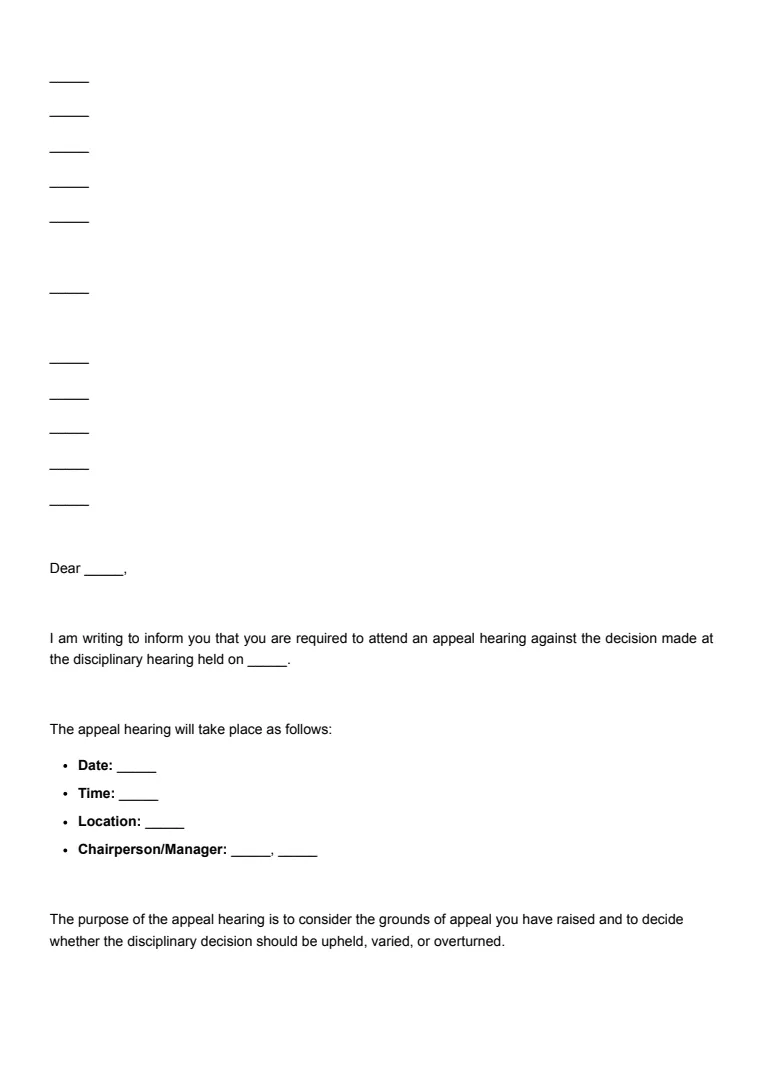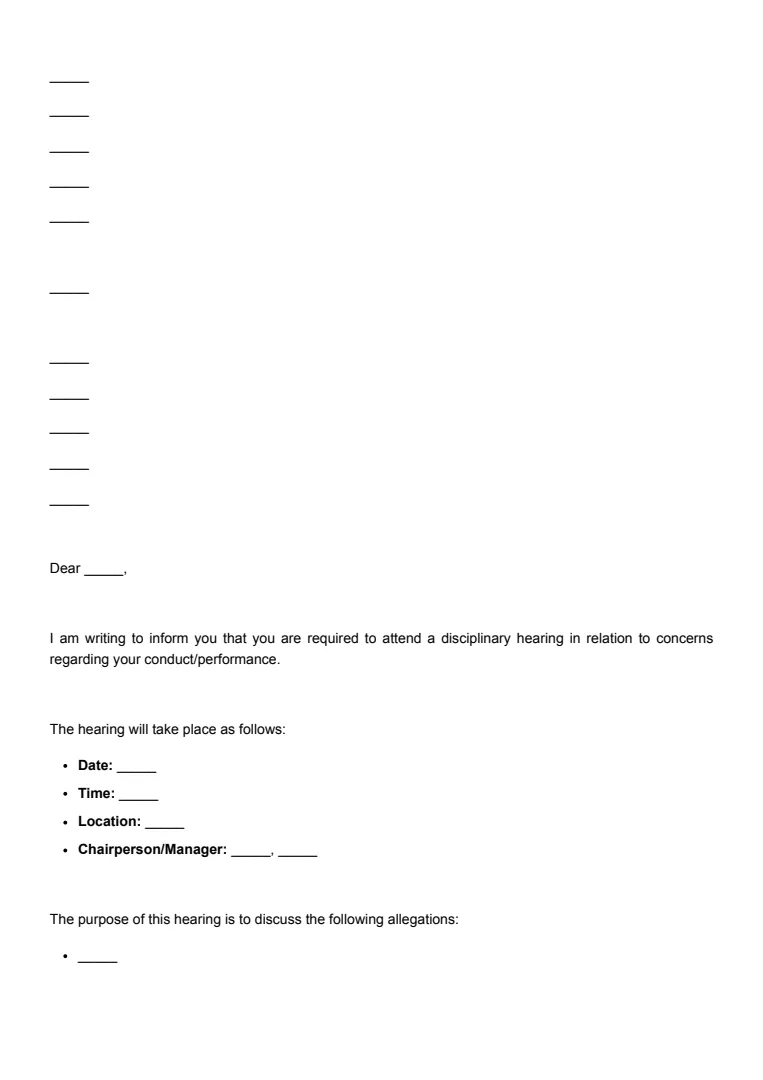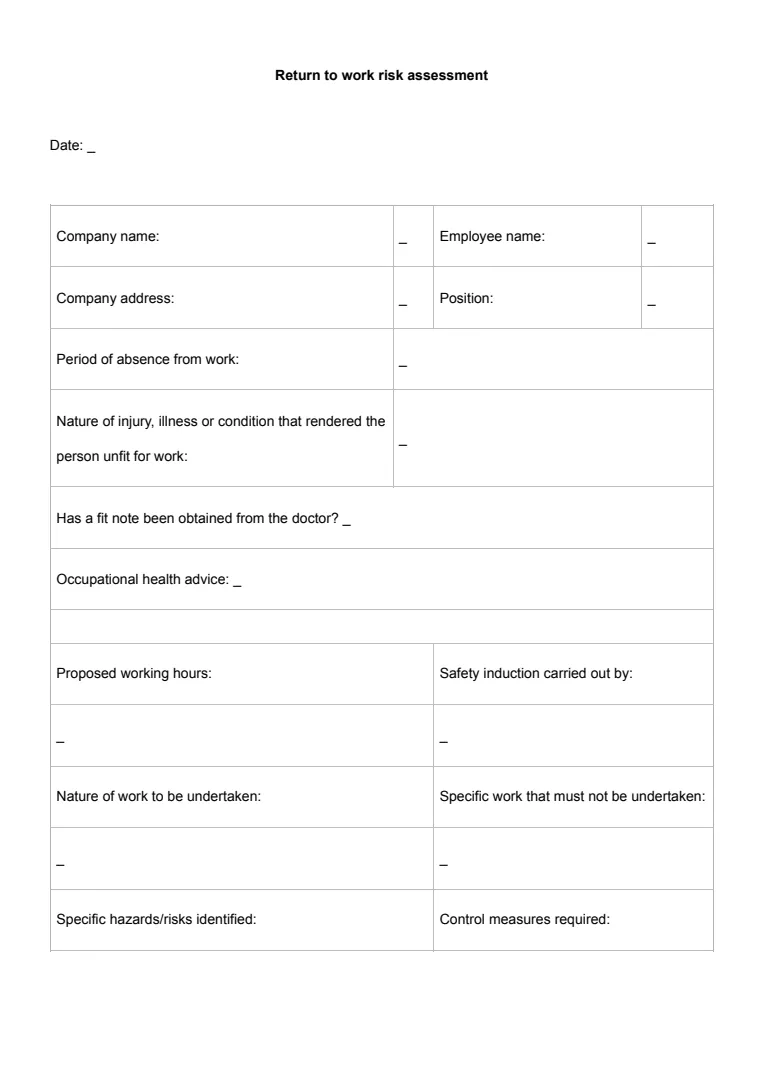What Is a Non-Disclosure Agreement?
A non-disclosure agreement (NDA) is a legally binding contract that protects sensitive information. When you sign one, you agree not to share specific details with others.
NDAs are common in various settings like business negotiations, employment discussions, and product development.
Whether you're starting a new job or discussing a big merger, an NDA might be involved.
There are several types of NDAs, including unilateral and bilateral agreements.
- Unilateral NDAs involve one party keeping information confidential.
- Bilateral NDAs mean both parties are sharing secrets and agree not to disclose them.
Think of an NDA as a confidentiality agreement. You're promising to handle certain information responsibly, which could be anything from new inventions to private strategies.
When entering into an NDA, it's vital to understand what information is covered and how long confidentiality is required.
Consider consulting your legal advisor to ensure you're clear on all obligations.
Each NDA is unique, so pay close attention to its terms. NDAs help maintain trust and protect competitive advantage in professional settings.
When Is a Non-Disclosure Agreement Needed?
You might find a non-disclosure agreement (NDA) essential in several situations.
Business negotiations often require an NDA to protect sensitive information. When you're discussing potential partnerships or deals, sharing financial records, strategies, or proprietary data, an NDA safeguards this data from unauthorised disclosure.
Employee NDAs frequently arise when hiring new team members. If you're onboarding staff and sharing company secrets, innovative processes, or future plans, an NDA can stop this knowledge from being shared with competitors.
In England and Wales, NDAs often play a crucial role in managing relationships where confidential information changes hands. Whether in personal or professional settings, an NDA can ensure trust and legal protection if confidential details are involved.
When you're dealing with legal or medical professionals, NDAs can sometimes ensure that sensitive information remains private while still being shared with those who need to know.
Finally, intellectual property discussions are another key area. When your inventions, creative works, or patented technology get shared with potential investors, manufacturers, or customers, an NDA helps protect these valuable assets.
How to Write a Non-Disclosure Agreement
If you’re looking to create a non-disclosure agreement in the UK, you can follow these steps.
Step 1: Identify the Parties Involved
First, you'll want to identify all the parties involved in the agreement. Typically, these will be the party disclosing the information and the recipient.
It's important to clearly mention the full legal names of the individuals or organisations to avoid any ambiguity.
Step 2: Define the Confidential Information
Decide what kind of information needs to be kept confidential. Describe it in detail so there's no confusion over what is and isn't included.
You might refer to specific documents, data formats, or types of information to ensure clarity.
Step 3: Specify the Obligations
Next, outline the obligations of the receiving party. This step ensures they know exactly what’s expected of them in terms of keeping the information confidential.
Detail what they can and cannot do with the information and any security measures they should take.
Step 4: Set the Term of the Agreement
Determine how long the confidentiality obligations will last. This could range from a few months to several years.
Be clear whether the NDA starts from the date of signing or from a particular event to avoid any misunderstandings later.
Step 5: Include Exclusions and Exceptions
It's useful to detail situations where the information wouldn't be considered confidential. For example, if the information becomes public knowledge through no fault of the recipient, they should not be bound by the NDA.
Step 6: Discuss Legal Provisions and Signatures
Ensure there are clauses addressing legal matters, like the jurisdiction under which the agreement falls.
Finally, both parties need to sign and date the document to make it legally binding.
It's often wise to consult a legal professional to review your NDA draft before finalising it.















